In our society, grief is often a lonely, quiet, private affair. There is a time for public mourning: funerals, vigils, anniversaries of tragic events. But generally, sorrow is kept behind closed doors. We muffle sobs into pillows, wipe tears away quickly, hide numbness behind polite smiles. However, many individuals who are very poor may not have private spaces to conceal their grief or quietly recover from a personal tragedy. The Haven is a space filled with our guests’ lives, a place where they experience and share their joys as well as their traumas. During the first week of my internship, a woman’s loud sobs echoed throughout the dining hall. Discreetly, the other guests left the room, leaving only one friend to sit beside her through her pain. Her friend did not provide comfort, rather, her presence merely validated the raw emotion her friend felt. In these public spaces, grief may be robbed of the reverence and respect that it deserves—however, moments like this may equip others with true camaraderie and companionship in their greatest need.
“Jesus was sent by His Father to the poor and to be able to understand the poor, Jesus had to know and experience that poverty in His own Body and Soul. We too must experience poverty if we want to be true carriers of God’s love. To be able to proclaim the Good News to the poor we must know what is poverty” (Mother Teresa, 1991).
There is a different woman with whom I am quite friendly at the shelter. A while ago she and her husband were both in and out of the hospital. They both looked so tired. Each day I look into her face to see how I should greet her. On days she looks more tired, I softly say, “How are you doing today?” On days she looks less tired, I tell her, “You look good today!” She always looks tired. Yesterday she looked more tired. She went into the hospital the previous night because she had a miscarriage. One of our regular volunteers was sorting shampoo and did not look up when she told him. He mumbled, “At least your baby doesn’t have to face this cruel world.” Today, this woman came to the desk, and I gave her scissors and a safety pin. She did not look so tired today. She even bounced a little. “We are going swimming today!” She told me. “We just made swim trunks!” she told me. She looked joyful. I smiled, and remembered the way her face looked yesterday.
None of the theology I’ve read so far has taught me what to say to a woman who lost her child and has nowhere to hide her loss.
“I loved God with all the powers of a child’s heart. He was the centre of everything I did & said. Now Father—it is so dark, so different yet my everything is His—in spite of Him not wanting me, not caring as if for me.” (Mother Teresa, 1961)
The Haven can be a beacon of hope in these moments of grief, a night light in a very dark room. But sometimes that beacon seems very small, and the light very dim, to combat the deep darkness that envelopes the daily lives of our guests.
“Pray for me—for within me everything is icy cold. It is only that blind faith that carries me through for in reality to me all is darkness. As long as Our Lord has all the pleasure—I really do not count” (Mother Teresa, 1949).
Today, a woman approached me at the front desk and asked if we had any Bibles. It’s the first request of its type that I’ve received all summer, and it was perhaps only providential coincidence that I had seen one lonely Bible earlier in The Haven that day. I found it on a shelf of random odds and ends that guests are welcome to take: a yo-yo, a pair of shoes without the laces, a very small purple sweater, and one Holy Bible. The guest who requested it looked new, and she sparked my curiosity, so later in the day I approached her as she was reading it. The woman—I’ll call her Naomi—had set out on the valiant yet regrettably difficult task of reading the Bible by starting in Genesis 1—a feat perhaps not even accomplished by Mother Teresa herself. Naomi has only been coming to The Haven recently because she just got evicted from her apartment a week or two ago. She’s been in Charlottesville for less than a year. She moved from another town in Virginia after she witnessed her boyfriend’s murder during a robbery. “He had three hundred dollars on him—that’s what someone thought his life was worth.” Now she can speak about it calmly and frankly, but she had to leave her hometown for a time in order to try to escape the hauntings of the event. Sometimes the grieving process is a luxury that few can afford without quickly falling behind in financial responsibilities. The Haven has been a small stop on her journey of healing.
“If you only knew what goes on within my heart. Sometimes the pain is so great that I feel as if everything will break. The smile is a big cloak which covers a multitude of pains” (Mother Teresa 1958).
Today, another guest informed me that that one of our frequent guests (I’ll call him Joe) was hospitalized due to alcohol. Often, our guests who struggle with addictions suffer from severe withdrawal symptoms if they don’t have enough money one day to purchase the substance to which they are addicted. This causes guests to experience debilitating headaches, shakes, and even seizures, which sometimes result in even greater injuries caused by falling or seizing while unconscious. Joe is one of our most friendly, kind, beaming, and sweet guests. He keeps to himself, minding his own business. I’ve grown very fond of him, and I was heartbroken to hear that he was in very serious condition. He’s since returned to The Haven, but I wonder if anyone visited him in the hospital. I wonder if he had to walk by himself from the hospital back to his normal corner at The Haven.
“The greatest disease in the West today is not TB or leprosy; it is being unwanted, unloved, and uncared for. We can cure physical diseases with medicine, but the only cure for loneliness, despair, and hopelessness is love. There are many in the world who are dying for a piece of bread but there are many more dying for a little love” (Mother Teresa).
Stephen Hitchcock, the executive director at the Haven and my site mentor, has years of experience working here. Last week, we spoke about his experience on staff and the reactions he receives when he describes his job to people. Stephen often finds himself confronted with well-meaning perceptions that his job must be “fulfilling” or “rewarding.” He said bluntly, “Sometimes at The Haven, we work in full knowledge that we are accompanying folks to their deathbed—and often very early and painful deaths. We know that. There is dignity in that, and honor in that, but I would use a different word than rewarding.” Stephen often emphasizes a core value that traces through each of our services: to provide our guests with the most excellent, compassionate, and thoughtful care possible. Homelessness can often be a choiceless experience. Individuals often have little autonomy over the type of food they consume, the places they sleep, or the clothes they wear. Our guests might lack choices of where to grieve, or what will cause them misery. Our guests are sometimes not given the privilege of making healthy lifestyle choices which could provide them long lives. To provide a counter to this, The Haven tries to provide our guests with lots of options, excellent options, in order to restore a necessary sense of individualism and personal control. The tangible services provided that address physical need provide opportunities for intimacy and emotional compassion along guest’s journeys, however painful or joyful they may be.
**All quotes are taken from Mother Teresa: Come Be My Light, edited by Brian Kolodiejchuk
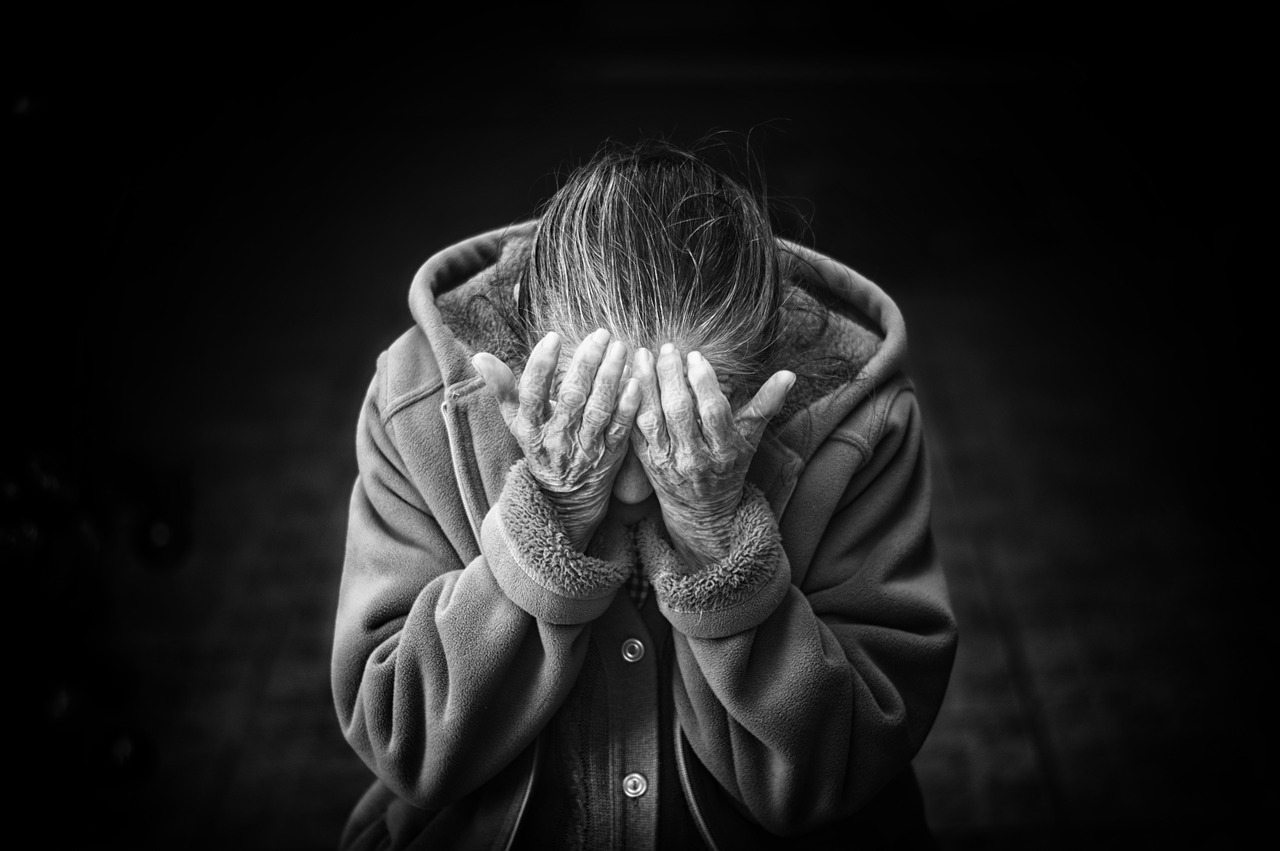
For updates about the PLT Summer Internship, click here. We also post updates online using #PLTinterns. To get these updates please like us on Facebook and follow us on Twitter at @LivedTheology. To sign up for the Lived Theology monthly newsletter, click here.
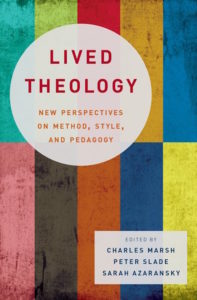 Newly Released Book Receives Praise
Newly Released Book Receives Praise
 In Serene Jones’ work Trauma and Grace: Theology and Healing in a Ruptured World, she examines the parallels between trauma theory and theologian John Calvin’s Commentary on the Psalms. According to Jones, Calvin’s progression through the psalms parallels progressions toward healing according to contemporary trauma theory. A key aspect of this healing—in trauma theory, Calvin, and the psalms—is reclaiming a sense of agency and autonomy. This is accomplished, in part, by relinquishing control. As Jones writes, in his reading of psalms of lament, “Calvin creates an imaginative space where those who have felt helplessness in the face of violence can once again imagine themselves as agents whose actions in the world matter,” she says, by trusting in a divinely-created and ordered world (57). Trauma research suggests that survivors “desperately need to believe that the world is fundamentally ordered and trustworthy if they, in turn, are to have the capacity to imagine themselves as meaningful actors within it again.” The paradoxical notion of giving up control in order to reclaim it is a necessary component of healing for women like the residents of Magdalene who have survived significant trauma. It is a constant give and take that arises intrinsically and liturgically in the psalms and works in the normalcy and mundaneness of daily life.
In Serene Jones’ work Trauma and Grace: Theology and Healing in a Ruptured World, she examines the parallels between trauma theory and theologian John Calvin’s Commentary on the Psalms. According to Jones, Calvin’s progression through the psalms parallels progressions toward healing according to contemporary trauma theory. A key aspect of this healing—in trauma theory, Calvin, and the psalms—is reclaiming a sense of agency and autonomy. This is accomplished, in part, by relinquishing control. As Jones writes, in his reading of psalms of lament, “Calvin creates an imaginative space where those who have felt helplessness in the face of violence can once again imagine themselves as agents whose actions in the world matter,” she says, by trusting in a divinely-created and ordered world (57). Trauma research suggests that survivors “desperately need to believe that the world is fundamentally ordered and trustworthy if they, in turn, are to have the capacity to imagine themselves as meaningful actors within it again.” The paradoxical notion of giving up control in order to reclaim it is a necessary component of healing for women like the residents of Magdalene who have survived significant trauma. It is a constant give and take that arises intrinsically and liturgically in the psalms and works in the normalcy and mundaneness of daily life.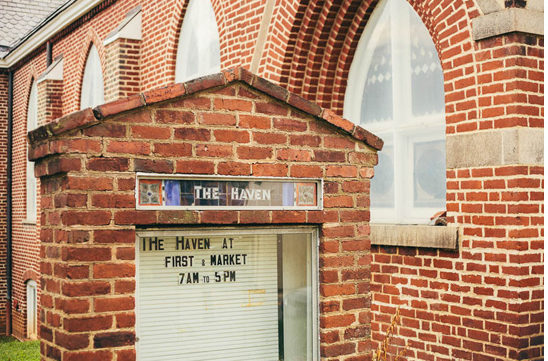
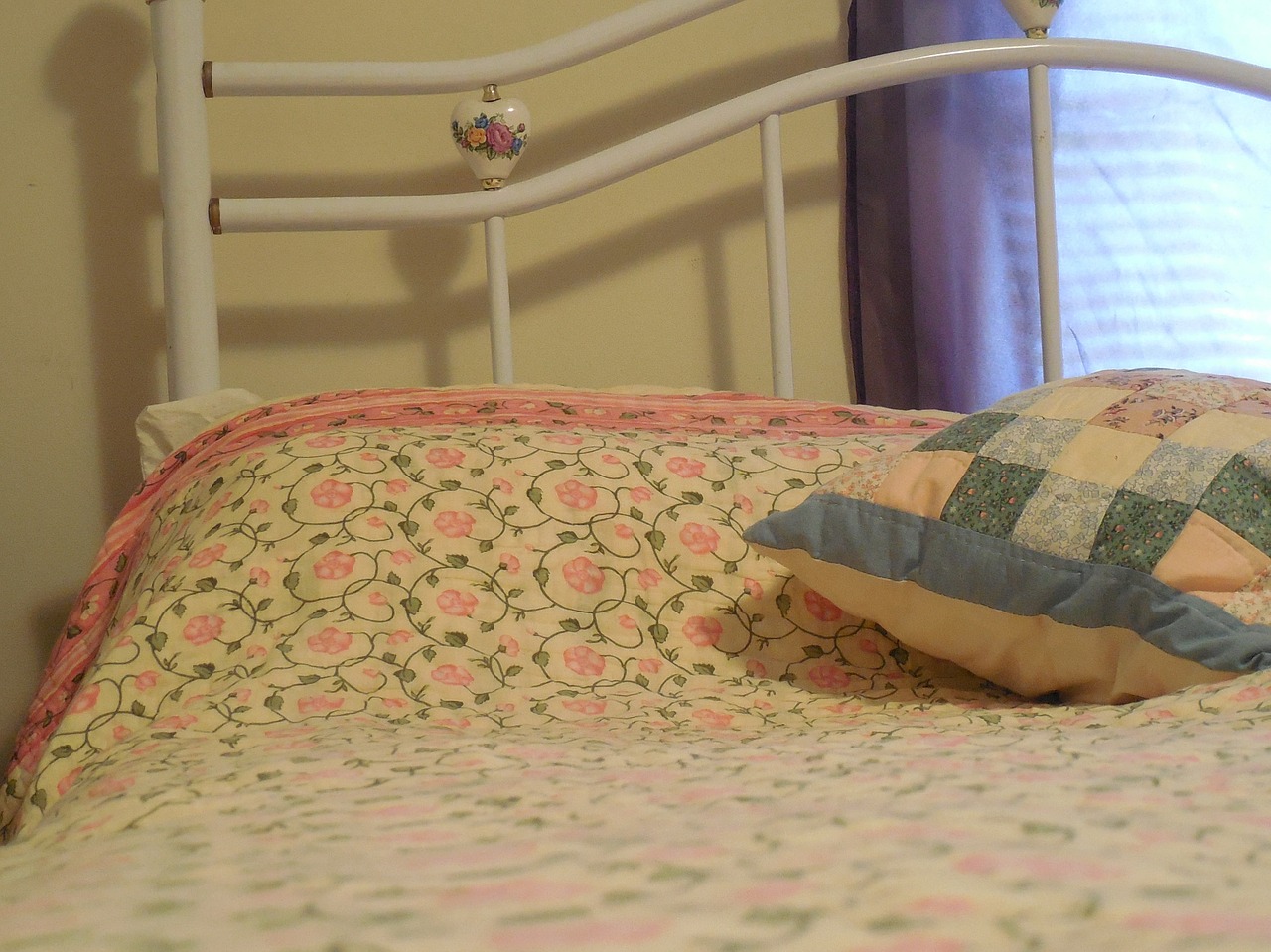 In this way, the Magdalene program itself is something of a healing balm. In Copeland’s work, she describes the Eucharist as “Jesus’ great nourishing sacrificial gift of his own life in the struggle to bring about this Father’s dream of love, mercy, joy, and peace” (108). For Copeland, the Eucharist is healing and nourishing. And while it does such healing, salvific work, it calls us to solidarity: “in sacramental reception [Christ’s] self-gift nourishes, strengthens, and orders us as we make visible his body through a praxis of solidarity, which counters the disorder of this world” and “sets the dynamics of love against the dynamics of domination” (109, 126). Being at Magdalene, I see a community that nourishes each other and stands together in loving solidarity, cooking meals for each other and proclaiming “Love Heals.” Divine, sacred work is done here. Being a small part of this community, I’ve come to know that “there are balms that soothe our souls and bodies and embracing them is a gift in this world” (Snake Oil, 100). This is true of the oils and balms used at Thistle Farms, and it is true of Magdalene in acts of kindness, care, and community. I’ve witnessed the women of Magdalene care for and be cared for as both individuals with physical needs and members of a community in a gentle and fierce, relentless and merciful divine praxis of solidarity.
In this way, the Magdalene program itself is something of a healing balm. In Copeland’s work, she describes the Eucharist as “Jesus’ great nourishing sacrificial gift of his own life in the struggle to bring about this Father’s dream of love, mercy, joy, and peace” (108). For Copeland, the Eucharist is healing and nourishing. And while it does such healing, salvific work, it calls us to solidarity: “in sacramental reception [Christ’s] self-gift nourishes, strengthens, and orders us as we make visible his body through a praxis of solidarity, which counters the disorder of this world” and “sets the dynamics of love against the dynamics of domination” (109, 126). Being at Magdalene, I see a community that nourishes each other and stands together in loving solidarity, cooking meals for each other and proclaiming “Love Heals.” Divine, sacred work is done here. Being a small part of this community, I’ve come to know that “there are balms that soothe our souls and bodies and embracing them is a gift in this world” (Snake Oil, 100). This is true of the oils and balms used at Thistle Farms, and it is true of Magdalene in acts of kindness, care, and community. I’ve witnessed the women of Magdalene care for and be cared for as both individuals with physical needs and members of a community in a gentle and fierce, relentless and merciful divine praxis of solidarity.
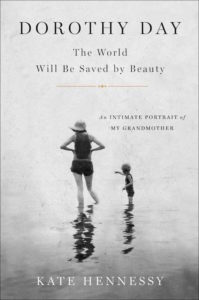 An Intimate Portrait of My Grandmother
An Intimate Portrait of My Grandmother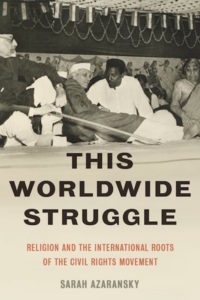 The International Roots of the Civil Rights Movement
The International Roots of the Civil Rights Movement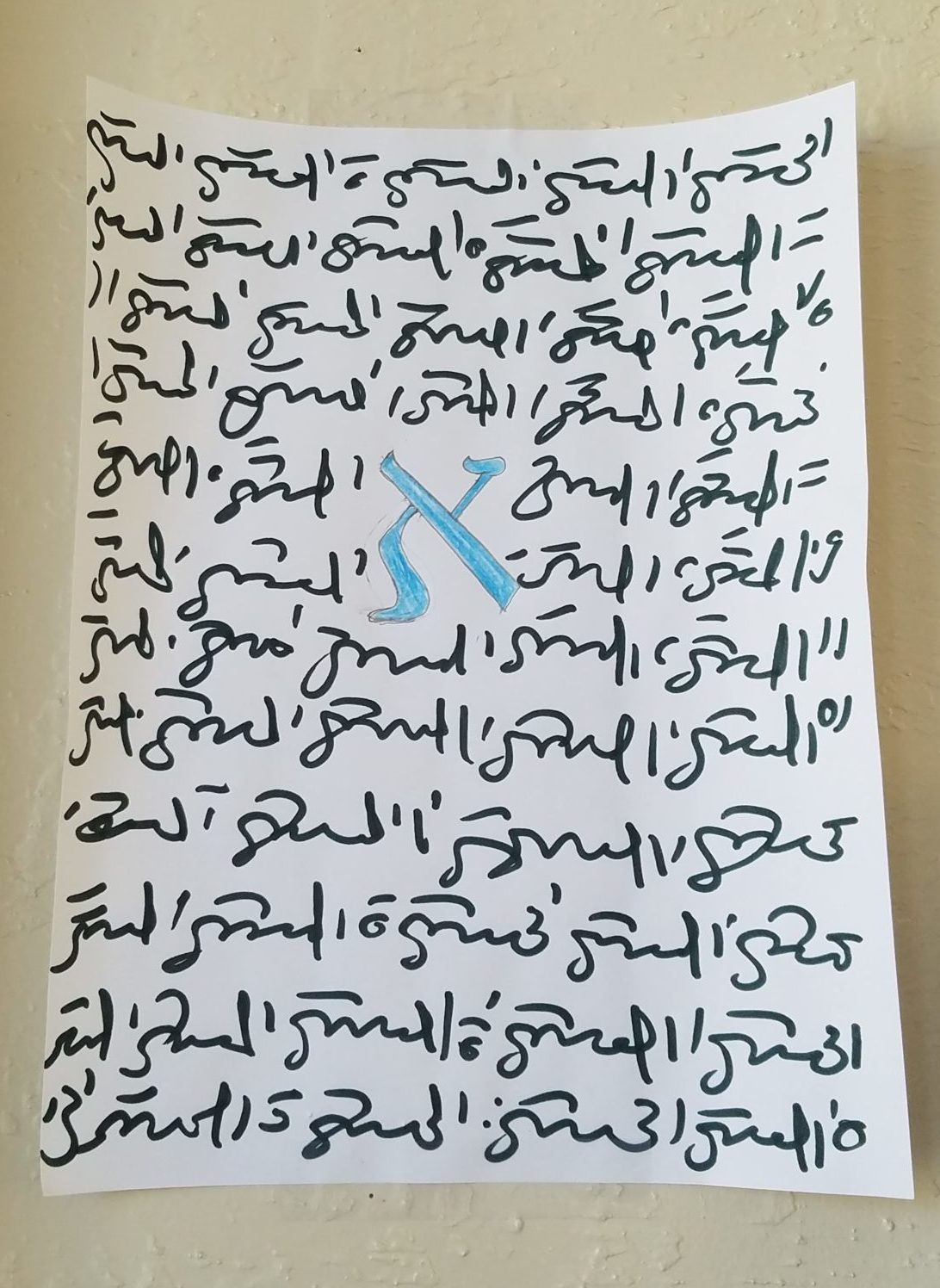
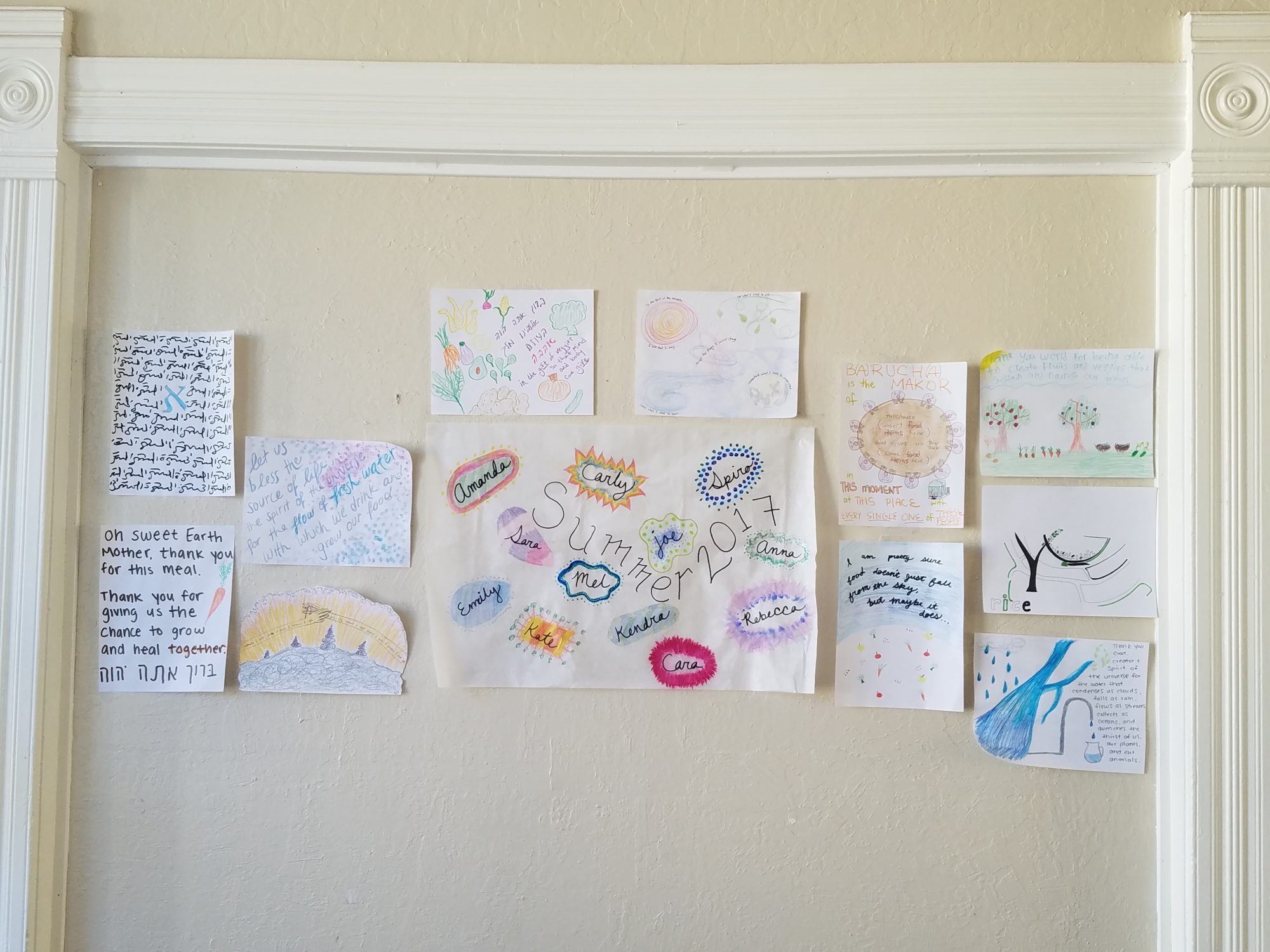
 Notebook, water bottle, and grocery bag full of notecards in hand, the other intern Marlena and I headed across the street to the largest of the Magdalene Houses where community meetings are held. For this session of the weekly group we lead, we would be discussing encouragement as a spiritual practice and writing notes to people we knew who we either wanted to celebrate or to encourage during difficult times. The discussion started out fairly smoothly. We gave examples of times we had felt encouraged, times we had felt that we weren’t encouraged when we needed to be, and how it felt to give and receive encouragement. I introduced the idea of encouragement as rooted in spirituality wherein we seek “to instill courage, confidence, and hope through expressing the delight of God in others” (Calhoun, Spiritual Disciplines Handbook, 198). Each of the residents who spoke during the conversation did so affirmatively, sharing how they had seen God or their personal higher power working in each other throughout their time in the Magdalene community. They seemed to internalize the practice of encouragement fairly easily, until Sandra
Notebook, water bottle, and grocery bag full of notecards in hand, the other intern Marlena and I headed across the street to the largest of the Magdalene Houses where community meetings are held. For this session of the weekly group we lead, we would be discussing encouragement as a spiritual practice and writing notes to people we knew who we either wanted to celebrate or to encourage during difficult times. The discussion started out fairly smoothly. We gave examples of times we had felt encouraged, times we had felt that we weren’t encouraged when we needed to be, and how it felt to give and receive encouragement. I introduced the idea of encouragement as rooted in spirituality wherein we seek “to instill courage, confidence, and hope through expressing the delight of God in others” (Calhoun, Spiritual Disciplines Handbook, 198). Each of the residents who spoke during the conversation did so affirmatively, sharing how they had seen God or their personal higher power working in each other throughout their time in the Magdalene community. They seemed to internalize the practice of encouragement fairly easily, until Sandra